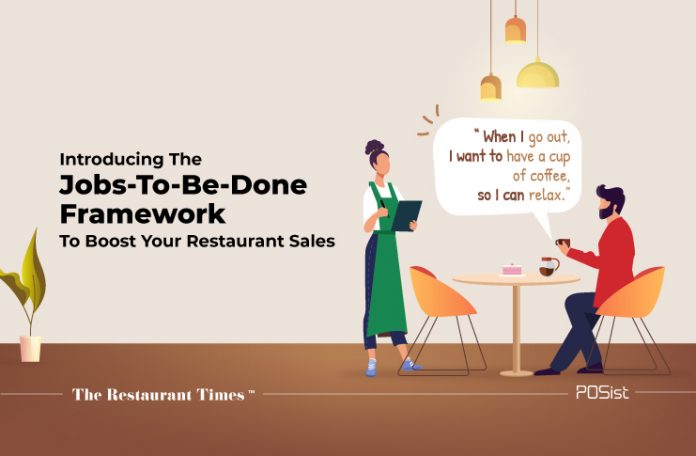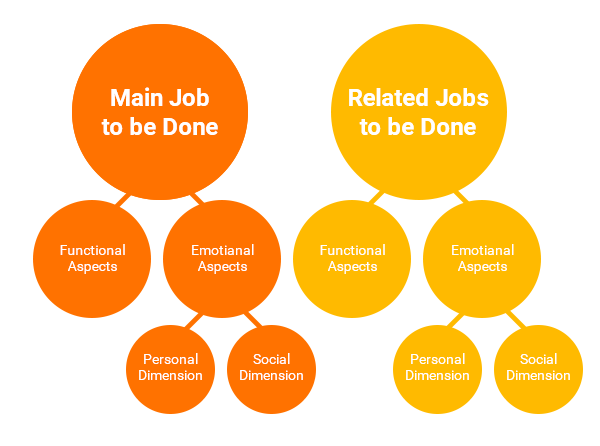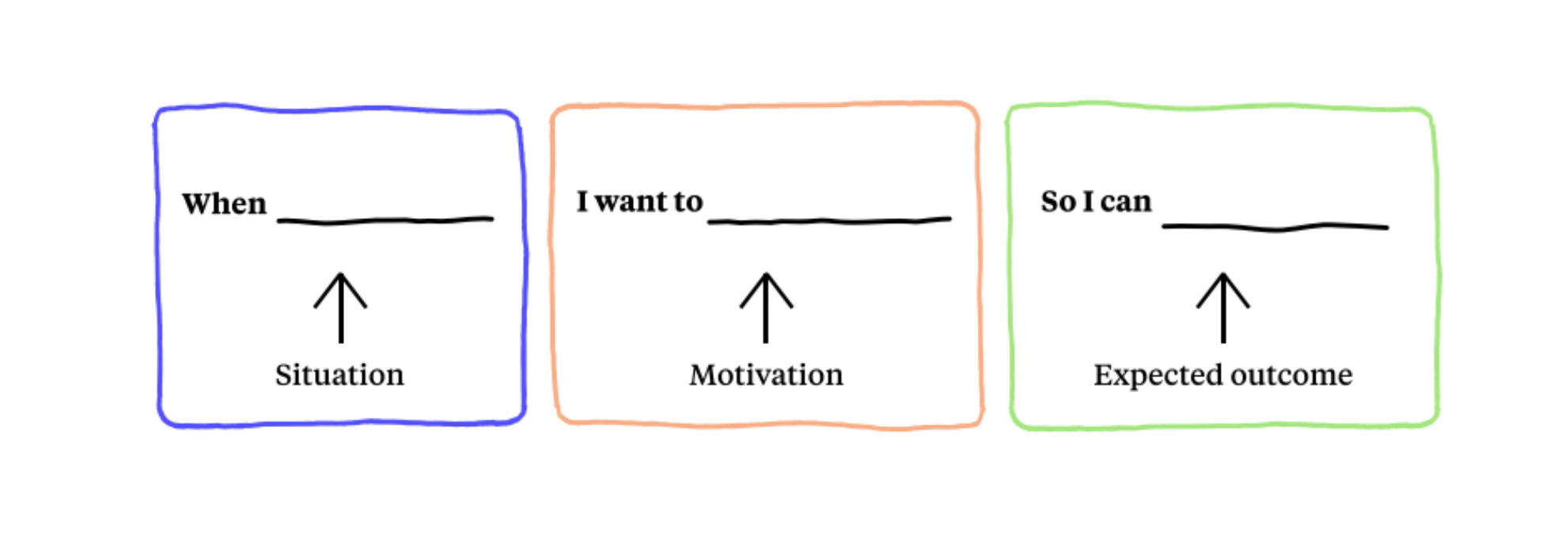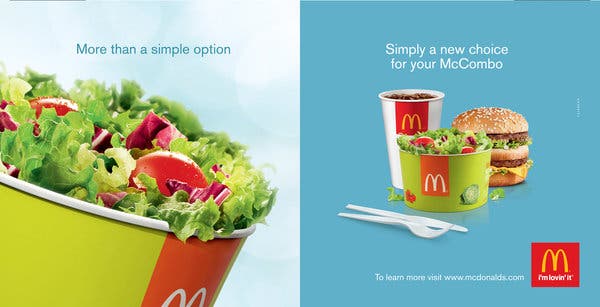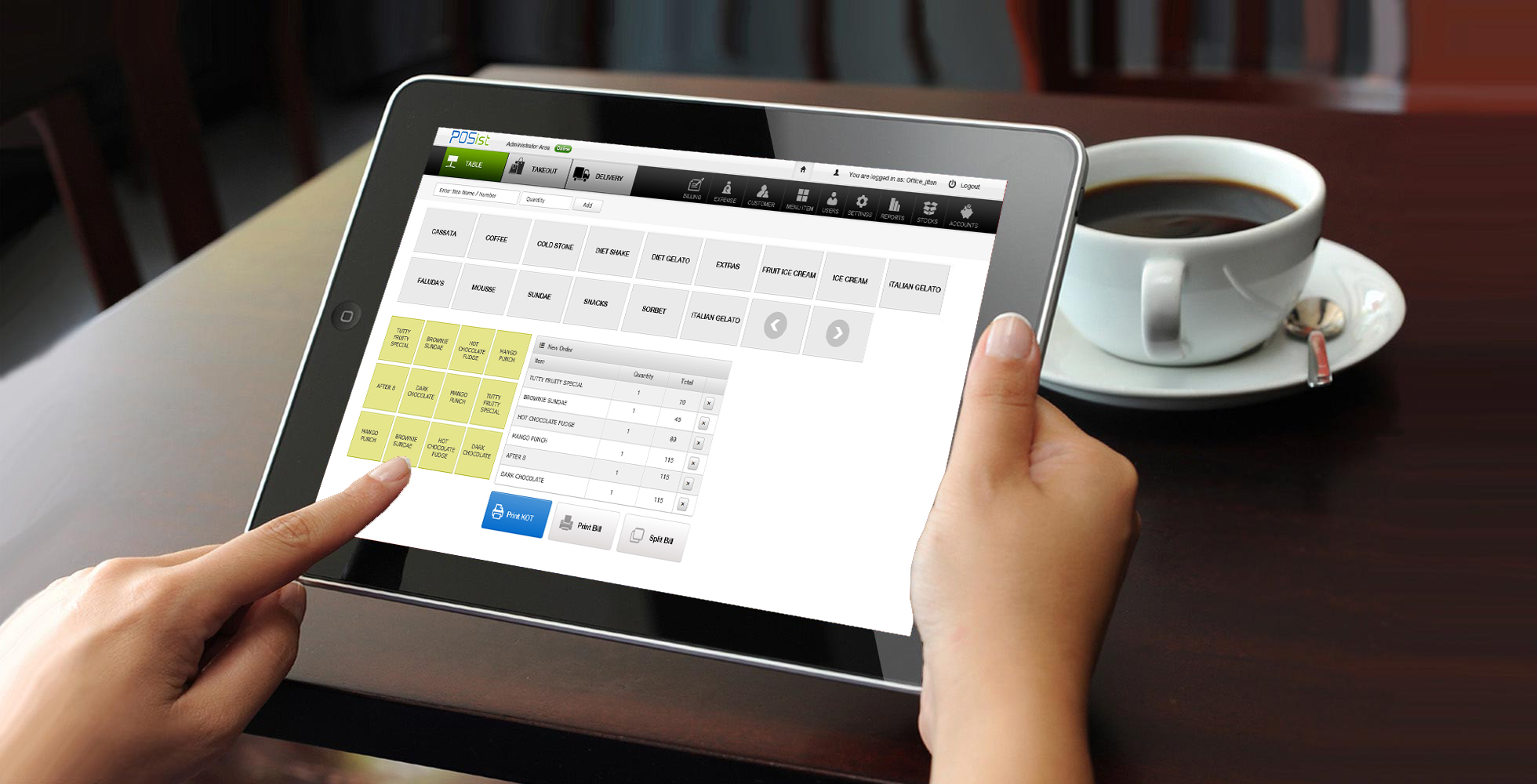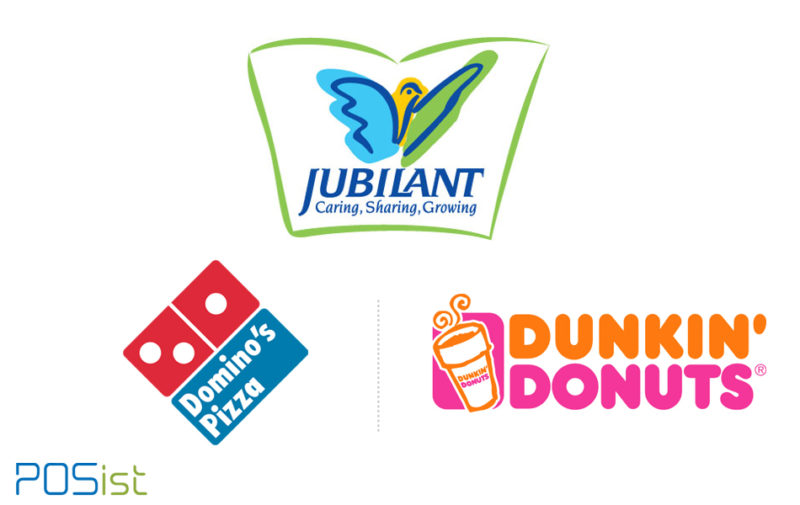Coming across tips and tricks to increase your restaurant sales is probably an everyday thing for you. In the competitive restaurant space, you need to be able to go beyond the usual strategies to increase sales and acquire customers to grow your brand. Here’s a thought! Put yourself in the shoes of your customers. We don’t mean the usual seasonal menu or other menu engineering techniques, but product innovation through introducing Jobs to be Done technique.
Introducing the Jobs to be done framework can make businesses rethink their product. In the F&B space, the Jobs-to-be-done (JTBD) framework would allow the chefs and the kitchen team to reinvent their product to serve customers better. This model is used to precisely understand the motive behind the customer buying your product. The theory behind the framework is that in reality, people don’t buy products but the value they get from using them. In other words, they ‘hire’ certain products to do certain “jobs” for them, like they hire people. In case they like the product for that particular job, they’d like to hire it again.
The need for hiring a certain product arises with new customers willing to try a new brand or a new product from their old brand. In the same scenario, customers are hiring the product for their own motive. The motive (or jobs to be done) could vary from just chilling in the evening, to getting your meals on the go when out for work. QSR owners need to identify the jobs to be done for different customer bases and change their products accordingly. In case customers like the product, they like to hire it again.
How Jobs-To-Be-Done (JTBD) Framework Increases Average Order Value At Your Restaurant
Let’s take a case of a cup of coffee or milkshake at breakfast. The motive behind getting a coffee at breakfast is not just to quickly grab a bite, but also to stay distracted in their commute to work. Once you understand that as a QSR owner, you could make your shakes thicker, or your straws thinner to increase consumption time.
The JTBD framework divides consumer objectives into ‘Main Jobs’ and ‘Related Jobs’. Each of these categories is then further divided into ‘Functional Job Aspects’ and ‘Emotional Job Aspects’, which is further bifurcated into ‘Personal’ and ‘Social’ dimensions. The Emotional job aspect is how the customer feels about your product and how society perceives them on using it.
Once you identify the customer’s needs and accordingly map it as per the JTBD framework, you can define your product better. A simpler way is deconstructing the customer’s state of mind when buying products is to identify what drives their behavior based on the situation they are in. The statement used to do this is: “When____, I want to ___, so I can ___.”
For instance, one such Jobs-to-be-done statement could be:
“When I go out after work, I want to have a peaceful cup of coffee along with my friends, so that I’m able to meet new people and maintain a social life.”
Once the objectives of your consumer are clear enough, you can start reworking or rethinking your restaurant product, or your best selling items at your restaurant.
To increase the Average Order Value, you can start by identifying the different reasons why a particular customer wants to come to your restaurant. It could be to relax after work; it could be a pure inclination towards the food you offer, it could be that you offer the best deals and discounts and so on.
As a restaurateur, you should be able to identify the categories of these jobs, including the emotional and functional drivers. With this, you will be better prepared to upsell, cross-sell, and increase the average order value at your restaurant.
How To Increase Average Order Value Through A JTBD Framework
Let’s try to understand how the JTBD framework leads to an increase in Average Order Value.
1. Improve Your Cross-Selling and Upselling
A JTBD statement in hand, you now know what the customers want at heart when they visit your restaurant. Let’s take Mc Donald’s for example. We understand how customers love the QSR chain, primarily because of their low price point and amazing food quality. They visit the QSR mostly to have a chilled time with their friends/family or to have lunch by themselves.
Their staff members always try to cross-sell or upsell customer orders by taking into consideration any family members or others accompanying them.
They typically ask, “Would you like me to add a french fries to your burger and make it a meal?” Such cross-selling (selling a complementary product with the primary) or upselling (selling a premium-priced burger instead of the existing burger) leads to an overall increase in the average order value.
Considering the concern of consumers to be healthy, even when they are eating out, Mc Donald’s came up with an Mc Salad. The product was really successful with the target audience and hence boost their sales.
2. Take Care Of Your Pricing
There are some instances where you have a window of opportunity to sell premium dishes at your restaurant to the right customers. Customers are willing to pay a high price for a product that goes with their status and style. A perfect example to explain this is Starbucks.
The restaurant chain sells a cup of coffee at premium prices, and people are happily buying more of it since it makes them flaunt their mugs in front of other consumers. The social aspect of the JTBD framework is at work here.
3. Build Campaign To Test Validity
The next thing you should be focusing on is to build a campaign to validate the modifications made to your food. For instance, you could try starting a marketing campaign to add a new milkshake or pasta to your restaurant. At the start, you could offer customers free tastings and take their honest opinions. Collective feedback and analysis would help you to understand whether or not the product works.
Focusing on consumer needs would help you increase the Average Order Value at your restaurant. Introducing a new kind of packaging could also work for customers, depending on the customer need you are trying to meet.
4. Use Technology To Identify Your JTBD Framework Better
In-depth customer behavior analysis wouldn’t be possible without the use of technology. Restaurant POS can streamline the collection of feedback, running personalized marketing strategies, and helps in analyzing customer behavior.
All in all, incorporating the JTBD network can help the product team of any business to create a better product or serve customers better. Start by identifying the jobs that customers need to be done through the products they use. Once that is recognized and categorized, restaurants can start working on their products to improve them.


